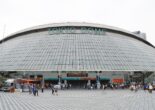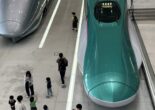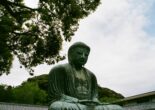Discover Yoyogi Tokyo: parks, izakayas, shrines, and rich cultural experiences nearby.
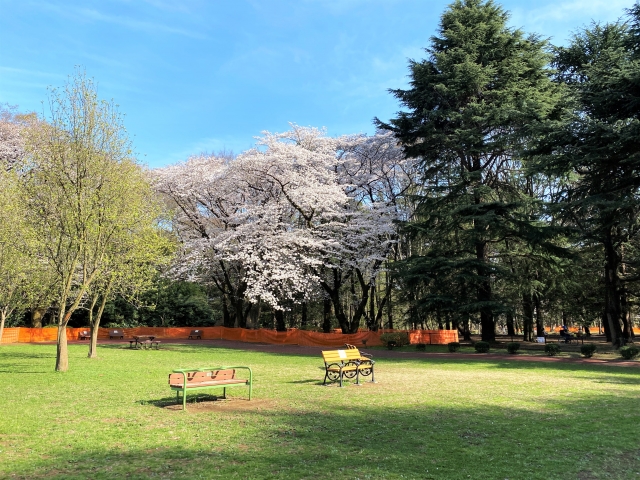
Exploring Yoyogi: From Shinjuku to Yoyogi Park
You have hardly passed the Takashimaya department store at the Shinjuku station south exit, just beyond the Newoman office and shopping tower, when you run into another station. This is Yoyogi, and after it comes the perhaps more famous Harajuku station. Yoyogi Park is actually closer to the Harajuku station than Yoyogi, which of course does not make it less of an urban oasis (particularly in the cherry blossom season); it was also the location of the first powered flight in Japan, the US main military encampment during the occupation, and the Olympic Village during the 1964 Olympic games.
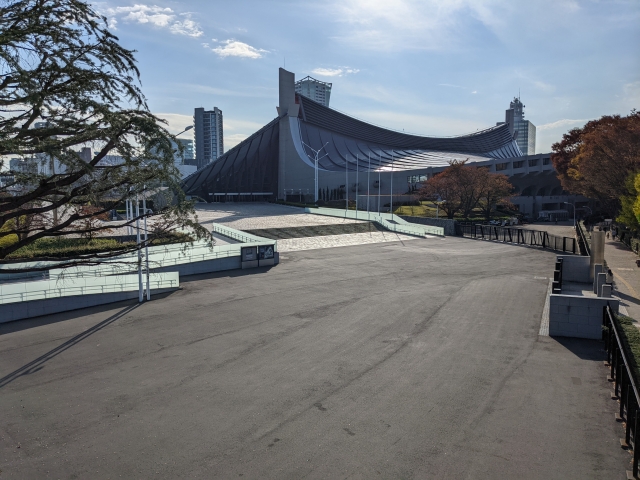
The park is not a garden, but more of a utility space. The wide open lawns (unusual in Tokyo) makes it pissible to run around and play; on weekends, it is popular with cosplay groups and teams of picnickers. In cherry blossom season, almost every square centimeter of the ground will be covered with the blue sheets of cherry blossom party goers.
The park is bisected by a major road, with so much traffic that it is not safe to cross anywhere except on the crosswalks and on the walking bridge in front of the event space. When there are events, there will be guards with orange batons pointing the way for pedestrians. The event space is used for festivals and concerts, often international festivals featuring one if the many immigrant communities in Tokyo.
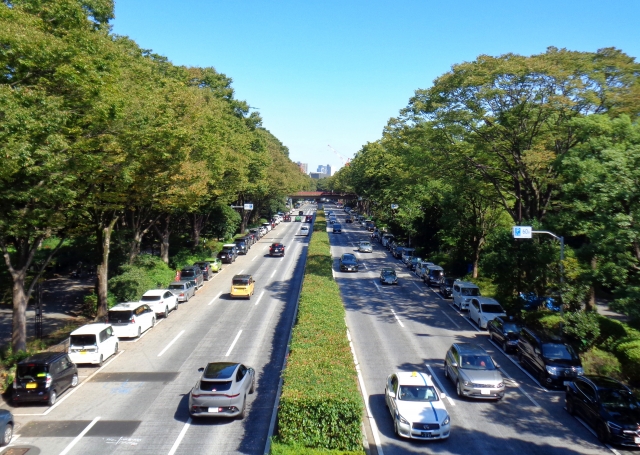
Its Nearby Entertainment District
Yoyogi Station, which actually is quite far from Yoyogi Park, sits between the northern part of the surprisingly large Meji Jingu garden of the Meji shrine and Shinjuku Gyouen, one of the national gardens of Japan. Harajuku station is much closer to the park, accessed by walking past the still impressive buildings constructed for the 1964 Olympic games. If there was not for a residential and office area separating the Shinjuku and Yoyogi stations, you would probably never know that you were passing from one station area to another. This is one of the most attractive areas in Tokyo, populated by huge office buildings as well as attractive residences as the area slopes up towards Yoyogi-Uehara, on the Odakyu line (the route of the Romancecar trains toward Hakone).
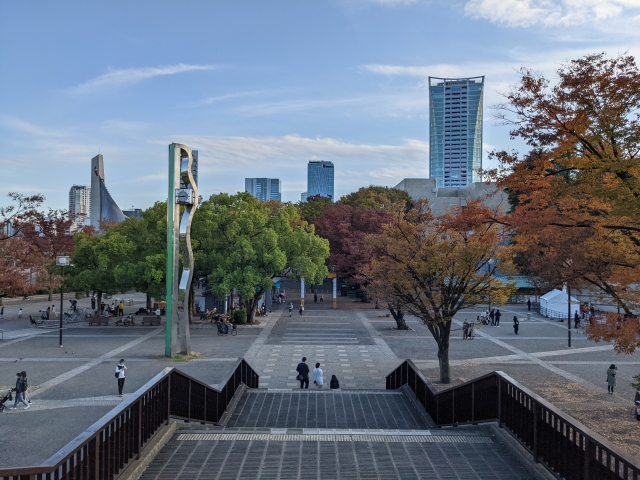
Yoyogi station is actually on the eastern edge of what is commonly referred to as Yoyogi, which comprises of several smaller districts that also include the Meiji Jingu garden and the Yoyogi Park. This is close enough to Shinjuku to attract many customers; the small entertainment district on the west side of the station is more intimate than the Shinjuku area, and attracts a corresponding customer base of more traditionally minded salarymen, who like the mom-and-pop style snack bars serving simple foods for the crowd waiting for the last train home.
Just outside the east exit from the station, entrepreneurial restaurateurs have turned a selection of small old houses into restaurants; some a little more upscale, like the places making pizza in wood-fired ovens, but others more oriented towards drinking, like the several sushi and seafood restaurants in this newly created restaurant quarter, which even features a decent burger restaurant.
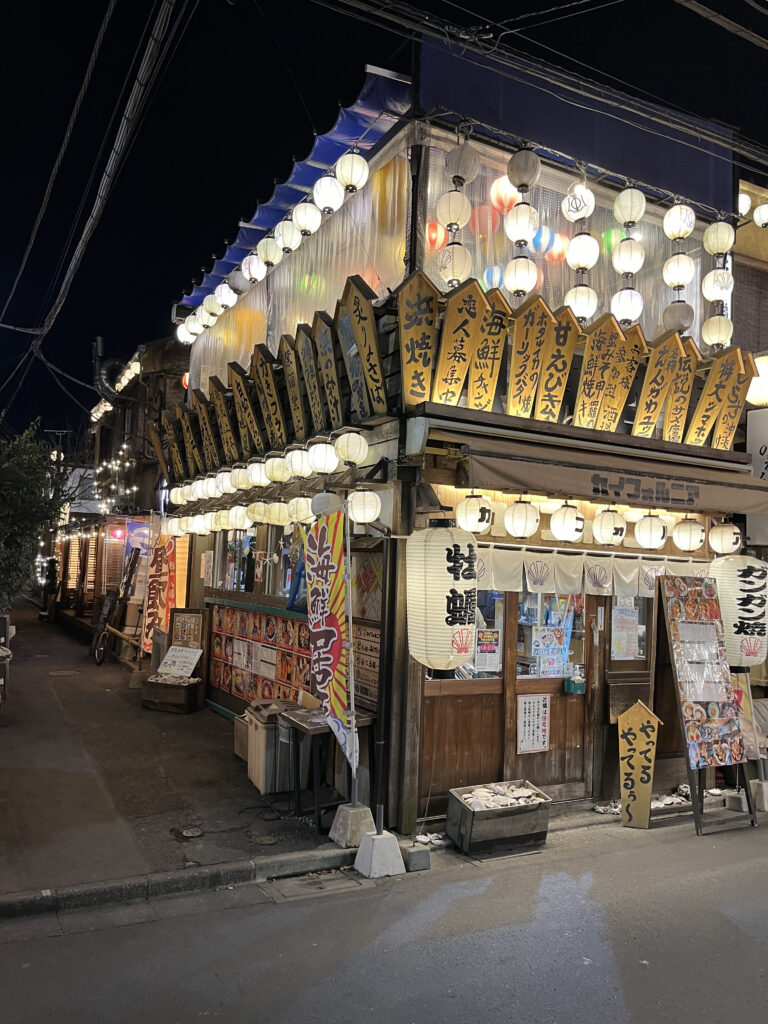
Exploring Yoyogi-Uehara and Yoyogi-Hachimangu Shrine
The main attractions of Yoyogi are not around Yoyogi Station, but further west towards Yoyogi-Uehara. Ironically, there is no direct line from Yoyogi to Yoyogi-Uehara, which sits on the Odakyu line – you have to go to Shinjuku and change. But the area is small enough that it makes for easy walking, once the summer heat has cooled off.
Just before Yoyogi-Uehara you come to Yoyogi-Hachimangu shrine. It is dedicated to Hachiman, the god of war, like so many of the shrines around Tokyo where samurai and damiyou used to live. But this shrine was dedicated already in 1212, long before Edo or Tokyo were conceived. It was the protective shrine of one of the many villages which were absorbed into Edo, when the city was created by Tokugawa Ieyasu.
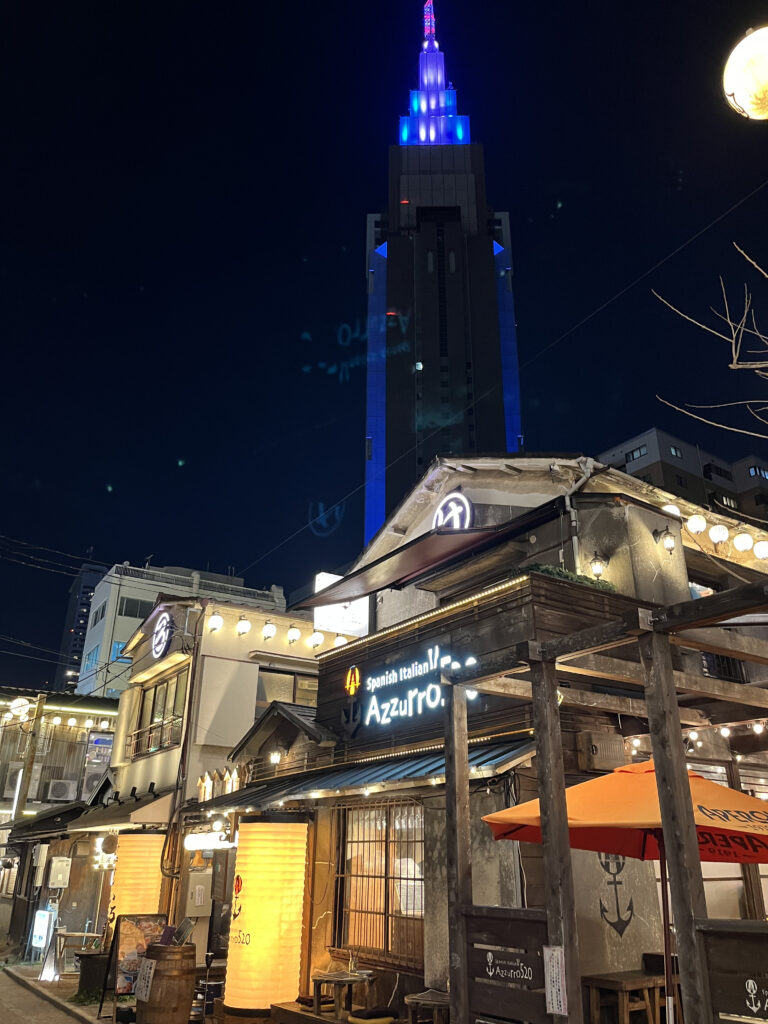
The villagers were not the first inhabitants of the area. Yoyogi-Hachiman is situated on a location which has been inhabited at least 5000 years, according to archeological finds. The park around the shrine has some reconstructed Jomon huts, to show how people lived during the Japanese stone age.
The shrine itself is remarkable for a large votive painting inside, in a style different from other similar paintings like the dragons of Kyotos Kennin-ji or Hokusais phoenix in Obuses Ganshoin temple. But also for the large and wooded grounds, a welcome break from the Shinjuku concrete jungle.
The area between the Yoyogi Hachiman and Yoyogi Kouen stations also houses an entertainment district, but the restaurants here are not run-down izakaya or snack bars. Rather, the area is full of patisseries and cafes, catering to the visitors to Yoyogi Park rather than salarymen on their way home.
The station after Yoyogi-Hachiman is Yoyogi-Uehara, which is even more refined, and offers an even better selection of baked goods than the area between Yoyogi Park and Yoyogi Hachiman. This is the only place in Tokyo where you can find Argentine-style ”choripan” – a chorizo baked into a bread, a favorite Argentine street food.
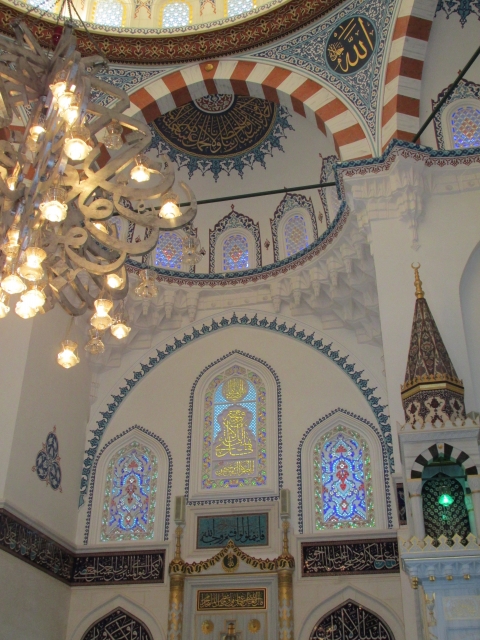
When you go out through the south exit of the Yoyogi-Uehara station, do not be surprised if you find yourself mentally momentarily transported to Turkey. The Tokyo Camii and Turkish Cultural Center dominates the view with a mosque reminiscent of the Blue Mosque in Istanbul, featuring minarets and an impressive dome. It was finished as late as 2000, but stands on the location of an earlier mosque, built by refugees from the October Revolution in Russia.
Change direction slightly to the southeast, and you will find a museum dedicated to one of the founders of the enka Japanese song genre, Koga Masao. He was a more prolific composer for other artists, but his own recordings feature a melancholic style reminiscent if fado in content, if not style, often with Koga accompanying himself on the mandolin he received as a gift from his brother, which kicked off his musical career.
As enka are such an integrated part of Japanese llife and culture (it is what the old boys and ladies sing in the karaoke clubs), any composer related to enka will be venerated. Even for those not aware of the Japanese music scene, it offers an insight into the Japanese psyche.
Stay tuned for more exciting content like this! Follow us on our social media platforms and check out our blog regularly to stay updated on the latest news, trends, and insider stories from Japan. Don’t miss out on future updates—sign up for our newsletter for exclusive content delivered straight to your inbox!

